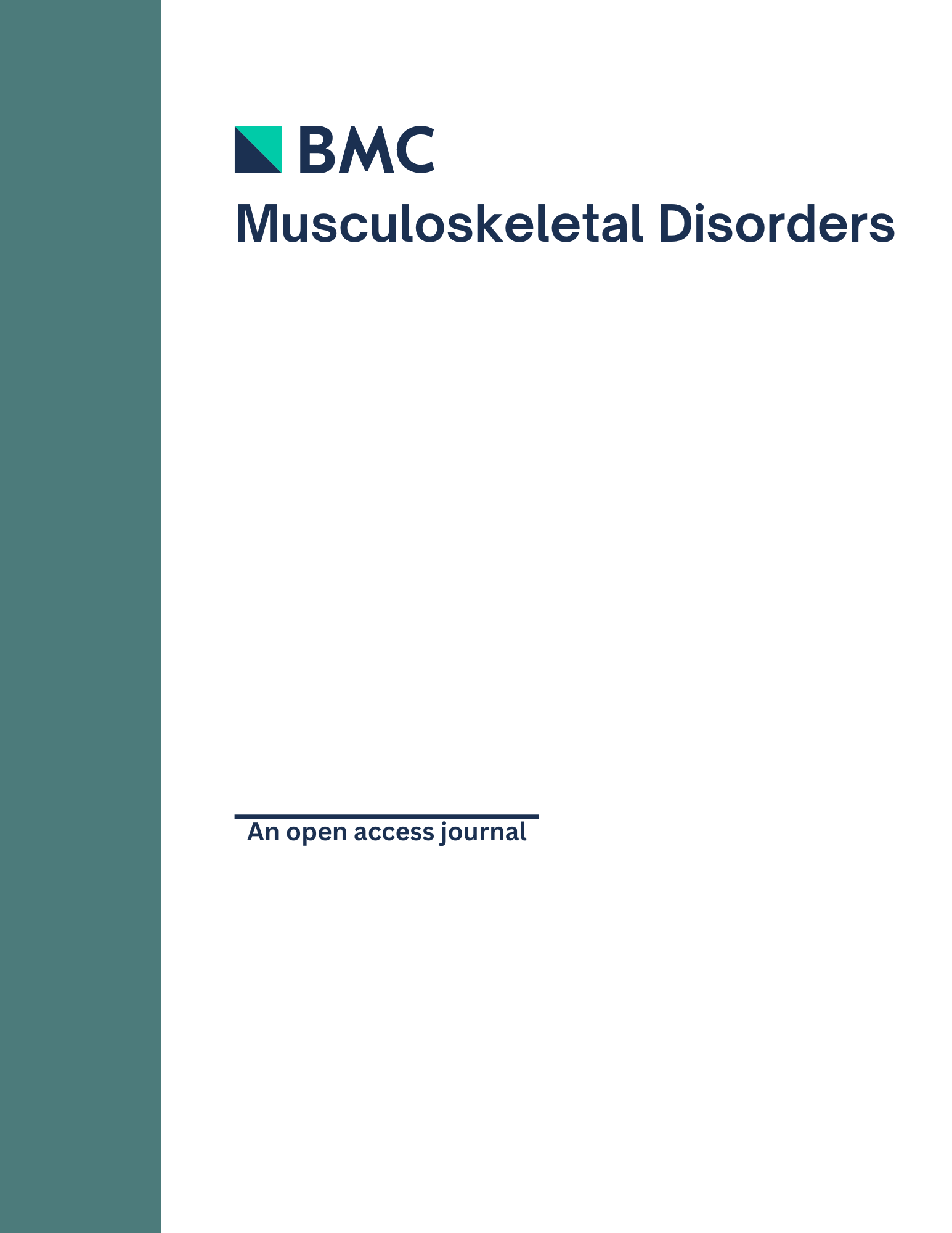
Shoulder pain: Pain and function significantly improved with image-guided injection

Shoulder pain: Pain and function significantly improved with image-guided injection
Image-guided versus blind corticosteroid injections in adults with shoulder pain: a systematic review
BMC Musculoskelet Disord. 2011 Jun 25;12:137. doi: 10.1186/1471-2474-12-137Did you know you're eligible to earn 0.5 CME credits for reading this report? Click Here
Synopsis
Findings of two randomized controlled trials were pooled in order to investigate if method of corticosteroid injection - either image-guided or anatomical landmark guided (blind) - impacted clinical outcome in patients suffering from shoulder pain. Clinical outcomes of pain and function were reported at 6 weeks, and the incidences of adverse events were recorded. Pooled effects illustrated that pain and function at 6 weeks were significantly improved with image-guided injections compared to blind injections. Incidence of adverse events was also lower in image-guided group; however, the difference did not reach statistical significance.
Were the search methods used to find evidence (original research) on the primary question or questions stated?
Was the search for evidence reasonably comprehensive?
Were the criteria used for deciding which studies to include in the overview reported?
Was the bias in the selection of studies avoided?
Were the criteria used for assessing the validity of the included studies reported?
Was the validity of all of the studies referred to in the text assessed with use of appropriate criteria (either in selecting the studies for inclusion or in analyzing the studies that were cited)?
Were the methods used to combine the findings of the relevant studies (to reach a conclusion) reported?
Were the findings of the relevant studies combined appropriately relative to the primary question that the overview addresses?
Were the conclusions made by the author or authors supported by the data and or analysis reported in the overview?
How would you rate the scientific quality of this evidence?
Yes = 1
Uncertain = 0.5
Not Relevant = 0
No = 0
The Reporting Criteria Assessment evaluates the transparency with which authors report the methodological and trial characteristics of the trial within the publication. The assessment is divided into five categories which are presented below.
4/4
Introduction
4/4
Accessing Data
4/4
Analysing Data
2/4
Results
3/4
Discussion
Detsky AS, Naylor CD, O'Rourke K, McGeer AJ, L'Abbé KA. J Clin Epidemiol. 1992;45:255-65
The Fragility Index is a tool that aids in the interpretation of significant findings, providing a measure of strength for a result. The Fragility Index represents the number of consecutive events that need to be added to a dichotomous outcome to make the finding no longer significant. A small number represents a weaker finding and a large number represents a stronger finding.
Why was this study needed now?
Shoulder pain of a number of etiologies is commonly treated with injection of corticosteroid. Injections can be performed "blindly", using anatomical landmarks for guidance, or image guidance can be used for guidance, usually with ultrasound. Although studies have reported that image guidance does lead to higher injection accuracy, there are conflicting reports about whether or not higher accuracy is translated into more improved outcome compared to blind injection. Therefore, this study was designed to assess clinical outcome of patients treated with either blind or image-guided injection.
What was the principal research question?
Did image-guided injection of corticosteroid lead to improved clinical outcome, primarily pain, and function when compared to landmark-guided injection?
What were the important findings?
- Two studies were selected for inclusion, both of which reported pain, function, and adverse events experienced.
- Pain outcome (VAS 0-10) at 6 weeks was significantly improved with image-guided injection compared anatomical landmark guidance (SMD 2.23 (95%CI 1.27-3.18), p<0.00001) (I-squared = 61%).
- Functional outcome was assessed by either the Constant Score of the Shoulder Function Assessment Scale. Pooled effect resulted in significant improvement at 6 weeks with the use of image guidance compared to blind injection (SMD 1.09 (0.61-1.57), p<0.00001) (I-squared = 22%).
- Incidence of mild adverse events was lower when image-guided injection was performed (RR 0.20 (0.04-1.13)), however the difference did not reach statistical significance (p=0.07). Heterogeneity was not observed (I-squared = 0%). Time-frame of which adverse events were recorded was not reported.
What should I remember most?
Image-guidance of corticosteroid injection in shoulder pain treatment was associated with a significant improvement in pain and function at 6 weeks compared to blind injection. A lower incidence of adverse events was also associated with image-guided injection, however the difference was not statistically significant.
How will this affect the care of my patients?
The findings of this analysis suggest that improved clinical outcomes may be attained with an ultrasound- or fluoroscopy-guided injection of corticosteroid when treating shoulder pain. Since the number of studies included in this analysis was rather low (only 2), as well the noted heterogeneity in the pain outcome analysis, more trials investigating this comparison are needed to either substantiate or refute these findings, and to ultimately conclude on injection guidance efficacy.
Learn about our AI Driven
High Impact Search Feature
Our AI driven High Impact metric calculates the impact an article will have by considering both the publishing journal and the content of the article itself. Built using the latest advances in natural language processing, OE High Impact predicts an article’s future number of citations better than impact factor alone.
Continue



 LOGIN
LOGIN

Join the Conversation
Please Login or Join to leave comments.